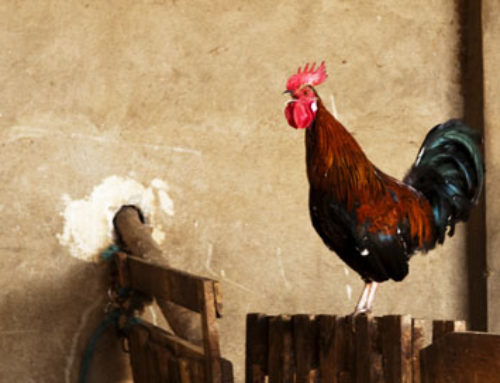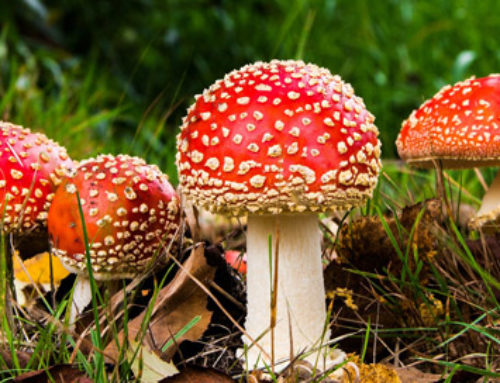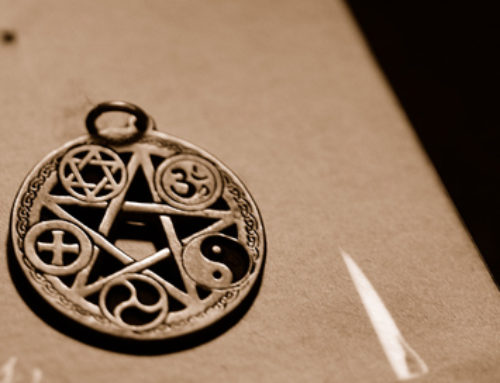 “It is the eve of St. George’s Day. Do you not know that to-night, when the clock strikes midnight, all the evil things in the world will have full sway? Do you know where you are going, and what you are going to?”
“It is the eve of St. George’s Day. Do you not know that to-night, when the clock strikes midnight, all the evil things in the world will have full sway? Do you know where you are going, and what you are going to?”
―Bram Stoker, Dracula 1897
As the new life of spring begins to emerge and the days become longer, the power of those who dwell in darkness begins to wane. With the blossoming of flowers and the sprouting of sweet basil, tomorrow—namely Saint George’s Day—marks an end to their nefarious influence. So tonight, on its eve, vampires desperately rush to gather what power they can before the dawn comes.
In Roumania1, the living vampires or moroi gather at the boundaries of towns at sunset. It is here they meet with strigoi, their dead counterparts, and strigele, living witches, to plan all the evil deeds they will carry out in the coming year. Before their influence comes to an end the moroi must gather a year’s worth of power on this night. They wander the boundaries seeking people and animals to prey on.
To gain power moroi have the ability to steal the essence (mana) of creatures. This mana is the quintessential talent of their prey. For instance, if the moroi steals the power of a skunk, the skunk would no longer be able to release its foul odor. If his target is a person renown for her skill creating beautiful works of stained glass, she would no longer be able to create pieces of art. The moroi would either keep this power for themselves, offer it up to the strigoi they serve, or gift it to humans who have entered into terrible bargains with them.
Moroi also need to “take rain”2 on this night. It is believed that when moroi wash themselves, rain will fall. In times of drought a nobleman would send all his men to wash because a moroi could easily be hidden amongst them. The moment the moroi’s tail3 became wet, rain would pour from the heavens, and the drought would end.
Extra precautions must be taken to not fall victim to these prowling creatures on this unholy night. Windows should be anointed with garlic in the form of a cross. Indeed, every object in a home should have garlic upon it. Special attention should be paid to doorways—especially their keyholes—and chimneys for both are favorite entryways for vampires. Valuable livestock or animals should also be rubbed down with garlic so that the moroi cannot steal their mana. Millet4 may be scattered to ward off evil spirits, including the vampire. To be safe, you should wear your shirt inside out and sleep with your head where your feet normally are so the vampire will not be able to find you. If you are unsure the person calling you is a vampire wait for them to call out your name three times, for a vampire can only call out twice.5 Finally Roumanians believe that you should put a knife or scythe6 under your head when you sleep with the cutting edge outward so the vampire will be cut when trying to waylay you.
So why am I writing this post today, on May 5th? A quick search will tell you that Saint George’s Day is on April 23rd, thirteen days ago. If you dig a little deeper you will discover May 5th as an alternate date for Saint George’s Day making Saint George’s Eve fall on the fourth. Bram Stoker used this alternate date in his classic novel Dracula. So how am I not a day late?
 Saint George’s Day marks the death of Saint George, recorded to have occurred on the twenty-third of April 303 AD by Eusebius of Caesarea (c. 322). During the time of Eusebius the Julian calendar7 was in use. However, we transitioned to a more accurate solar calendar called the Gregorian calendar at the turn of the last century8, and it is still in use to this day. Every century the dates of the Julian and the Gregorian calendars drift a day further apart. So during Bram Stoker’s time the difference between the Julian and Gregorian was twelve days, but today the calendars are separated by thirteen making Saint George’s Day fall on May 6th.
Saint George’s Day marks the death of Saint George, recorded to have occurred on the twenty-third of April 303 AD by Eusebius of Caesarea (c. 322). During the time of Eusebius the Julian calendar7 was in use. However, we transitioned to a more accurate solar calendar called the Gregorian calendar at the turn of the last century8, and it is still in use to this day. Every century the dates of the Julian and the Gregorian calendars drift a day further apart. So during Bram Stoker’s time the difference between the Julian and Gregorian was twelve days, but today the calendars are separated by thirteen making Saint George’s Day fall on May 6th.
So if you are thinking of going out to celebrate Cinco de Mayo, take care when leaving your home after the sun has set, for today is indeed Saint George’s Eve, and the forces of darkness will have come out to play.
Footnotes
1. The term Roumania here refers to the country and its people in 1926. It is not to be confused with modern day Romania.↩
2. A direct quote from The Vampire in Roumania, this term is not well described in the article. Murgoci states vampires must “take rain” and later goes on to describe the moroi’s power to make it rain. Since this is the only other reference to rain in the article I made a connection between the two that may not have been the original author’s intent.↩
3. The tail referred to is unclear. Murgoci clearly states that moroi were the usual vampires to have power over rain. She also states that when a moroi dies, becoming a strigoi it grows a tail. So either she is referring to a strigoi’s tail or a moroi’s bum.↩
4. Millet is a type of cereal crop common in semiarid tropics. Scattering millet grains could be used as a protection for vampires because of the common belief that vampires suffered from arithromania. They would be unable to move until they counted every last grain spilled, giving their prey ample time to escape.↩
5. It is unclear how long a vampire can call out to you again after the first two times. It could be five minutes, it could be a year. To be extra cautious only answer when three calls occur in rapid succession.↩
6. A scythe is a very large agricultural hand tool, and I suspect the word scythe should instead be sickle—a much more compact tool used for a similar purpose. However I think putting either under your pillow is probably more hazardous than the vampire.↩
7. The Julian calendar was the first solar calendar adopted in 45 BCE replacing the Roman calendar.↩
8. The Gregorian calendar was gradually adopted over a period of 345 years starting in 1582. Romania didn’t adopt it until April 1919.↩
Sources
Murgoci, Agnes. “The Vampire in Roumania.” Folklore, Vol. 37, Iss. 4. 1926. pg. 320-349.
“The Julian Calendar.” Timeanddate. Time and Date AS. Date accessed April 17, 2016.
“History of Romania-Transition to authoritarian rule.” Wikipedia: The Free Encyclopedia. Wikimedia Foundation, Inc. March 27,2016. Date accessed April 17, 2016.
Douma, Michael, curator. “Countries’ Calendar Reform.” Calendars through the Ages. Institute for Dynamic Educational Development. 2008. Date accessed April 17, 2016.
Photo Credits
Main Image: Dracula’s Church- Eerste Dagen in het nieuwe huis by Enric Martinez
Vampire Stalking by E.M.A. Timar – created from The Haunted House by H. Railton & Gilles de Rais by Emile Bayard
St. George and the Dragon- Raphael






Very informative, the research is quite through. Great post
I’ll have to pass this on to a friend who writes about vampires. Thanks.
[…] https://supernaturallyspeaking.com/2016/05/05/beware-saint-georges-eve/ […]
Saint George the Great Martyṛ Wear a medal with saint Georgeś day on one side and on the opposite with the name of Jesus and a cross and no evil can hurt you.